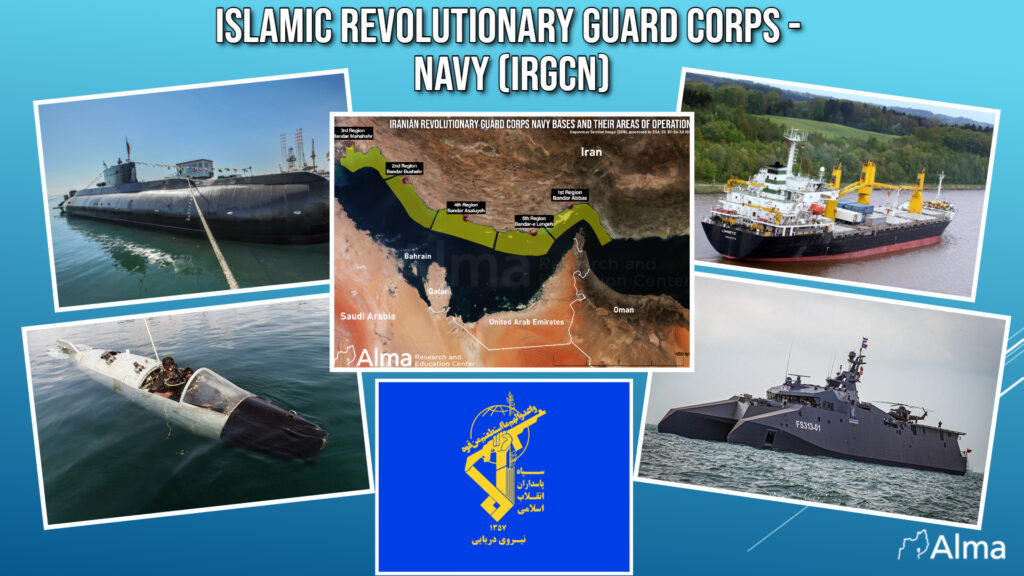Executive Summary
On March 11, 2024, a structure situated to the east of the port city of Banias in northwest Syria was the target of an airstrike. Radha Zarei, a colonel-ranking officer in the IRGC navy, was killed in the assault. It is essential to bear in mind that the Banias seaport serves as a gateway along the naval armaments’ corridor connecting Iran to Syria and Lebanon. Hence, it appears that Zarei’s elimination in this particular region is not coincidental.
According to our estimates, Zarei was involved in assimilating and integrating various systems related to the development of Hezbollah’s and Shiite militias’ marine capabilities in Syria. These systems may include coastal radar stations, anti-ship missiles, cruise missiles, and so on.
A few hours before the launch of the missiles and UAVS from Iranian territory toward Israel (April 13), units from the #IRGC Navy (IRGCN) took over the ship MSC ARIES in the Straits of Hormuz.
Both incidents turned the spotlight on the Revolutionary Guards’ naval arm and its activities.
Following the publication of the introductory chapter on the IRGC, this in-depth report will review and present the IRGC Navy (IRGCN). This branch has developed since the mid-1980s and has now become one of the regime’s main elements in defending Iran’s interests in the Arabian Gulf. In addition, the IRGCN serves as a central instrument in projecting power and implementing Iran’s foreign policy.
Like the other branches of the IRGC, the IRGCN operates in parallel to the Islamic Republic of Iran Navy (IRIN), yet it enjoys larger budgets and superior equipment, training, and capabilities.
Along with its well-known activities in the Arabian Gulf and the Gulf of Oman, the IRGCN also began to establish itself in other arenas. These now include the Arabian, Red, and Mediterranean Seas. Senior Iranian officials have also expressed a desire to establish a presence in the Panama Canal Zone as well as the South Pole. This increased activity, combined with Iran’s success in producing UAVs, cruise missiles, and anti-ship missiles, has made it a tangible threat to global marine commercial traffic, as well as to numerous countries in the Middle East and beyond.
This report will address a number of topics:
The first chapter will deal with the establishment of the force, the factors that influenced the design of its force buildup, as well as its main missions and its interface with the Islamic Republic of Iran Navy (IRIN).
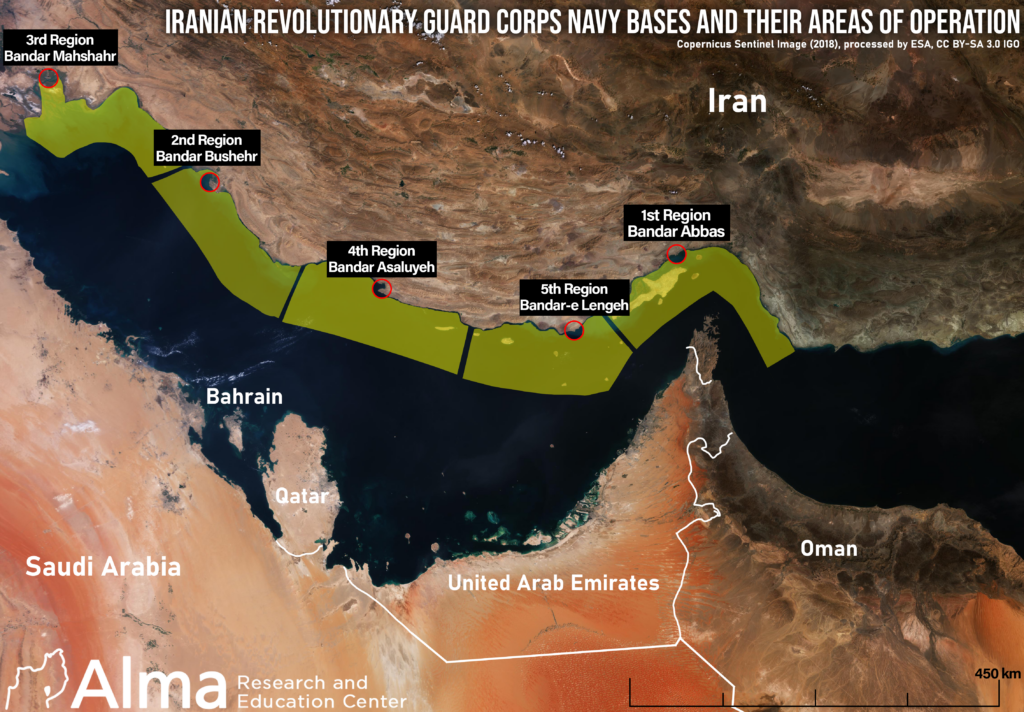
The second chapter will review the geographic division vis-à-vis the IRIN, the corps’ command structure, and the internal division into geographical districts. In addition, we will introduce the commanders of the districts, their main assignments and the locations of main headquarters.
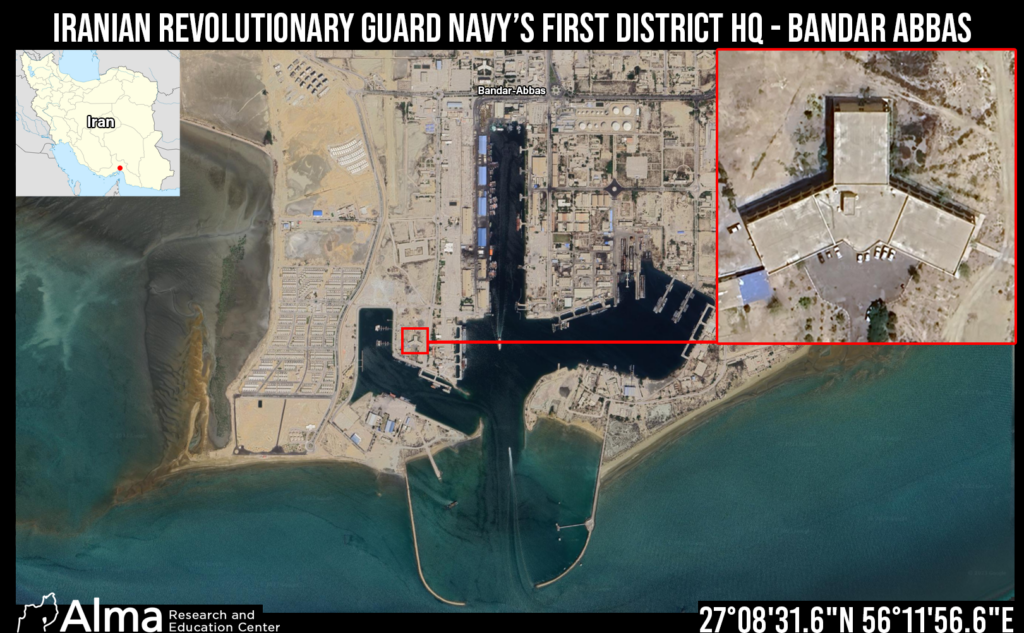
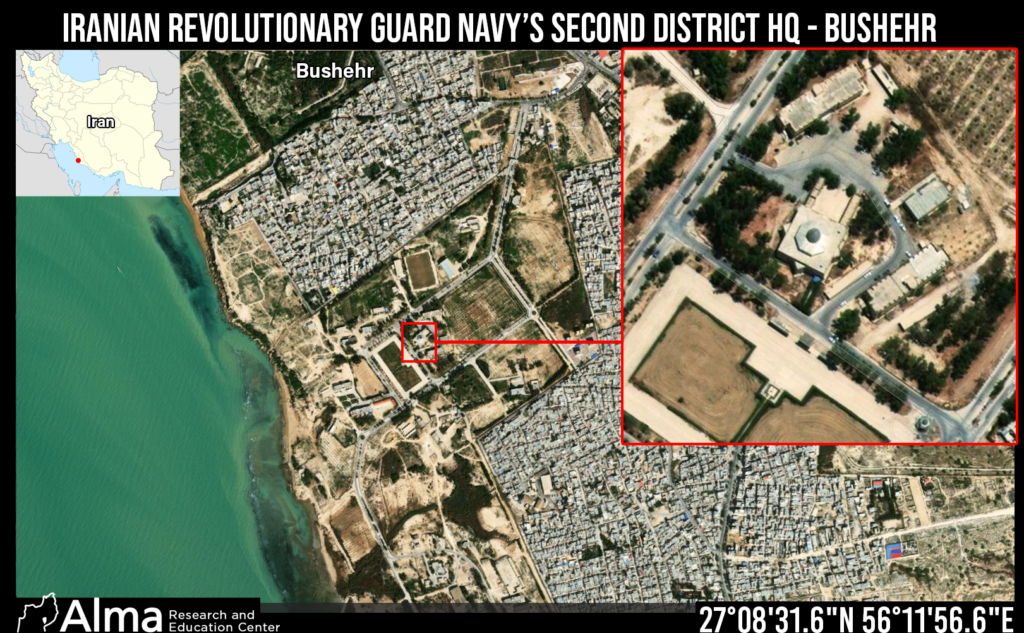
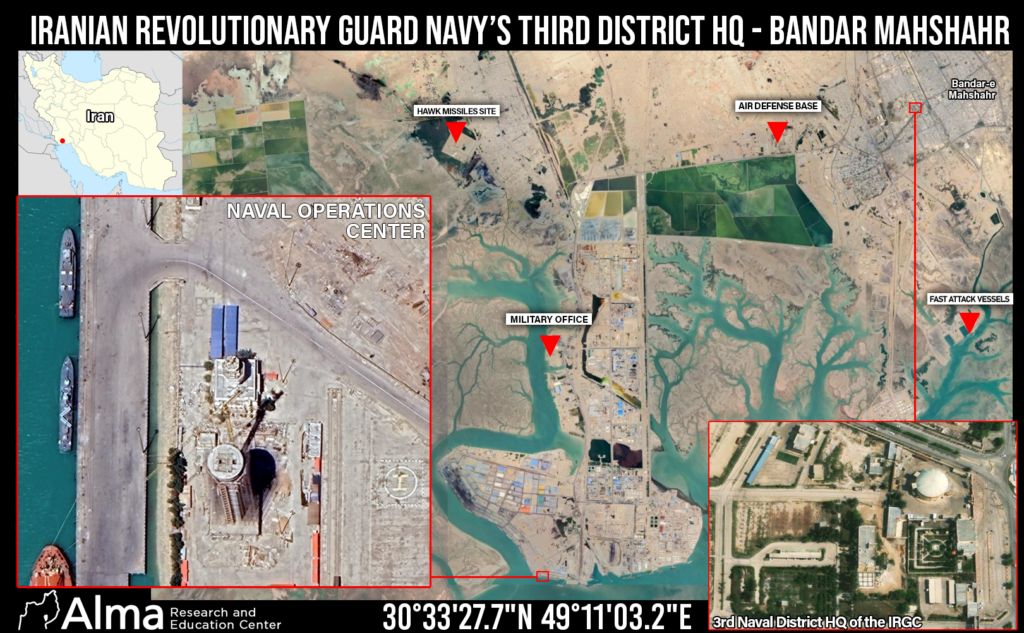
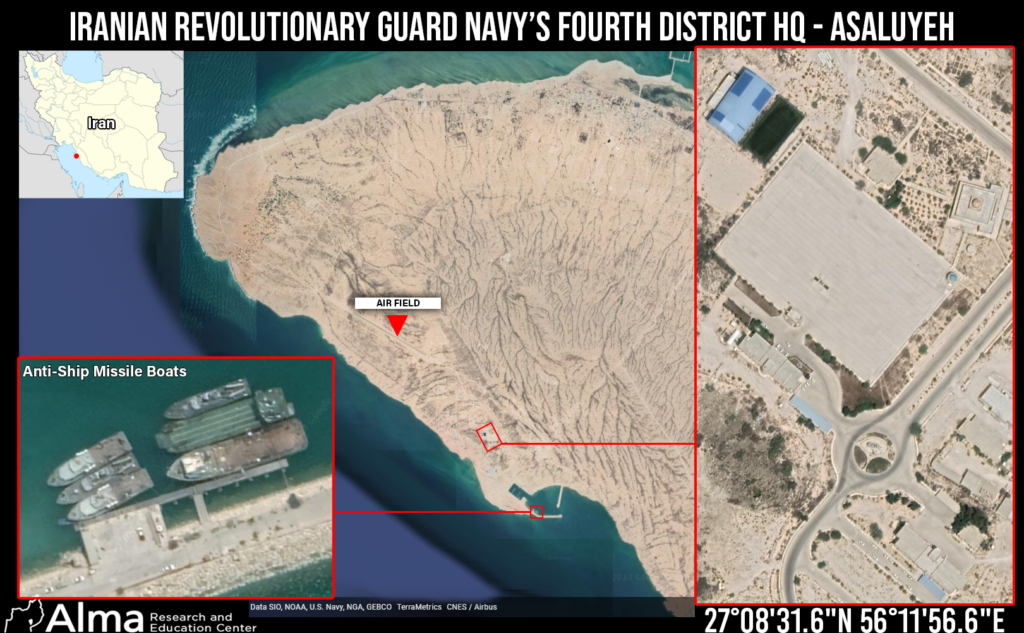
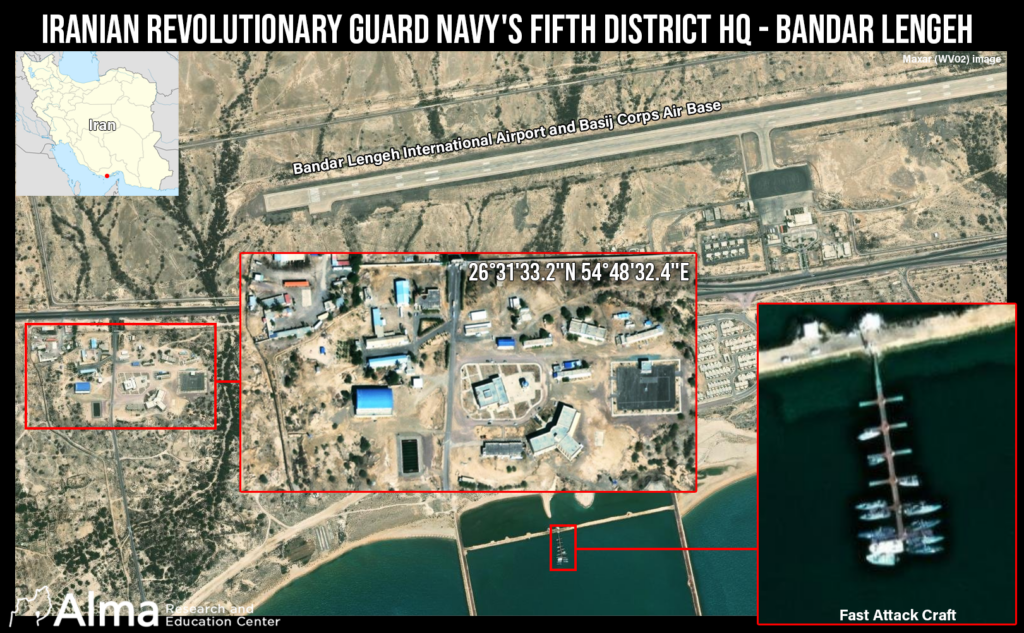
The third chapter will deal with the presence of IRGC naval forces in maritime arenas outside the Gulf, the motives for this presence, and the methods used by Iran to establish its presence in these areas.
The fourth chapter will examine Iran’s use of civilian ships repurposed for military objectives, as well as the circumstances that contributed to this development. This chapter will also present the potential impact of the use of these ships with regard to expanding its capabilities and projecting Iran’s power in distant arenas.


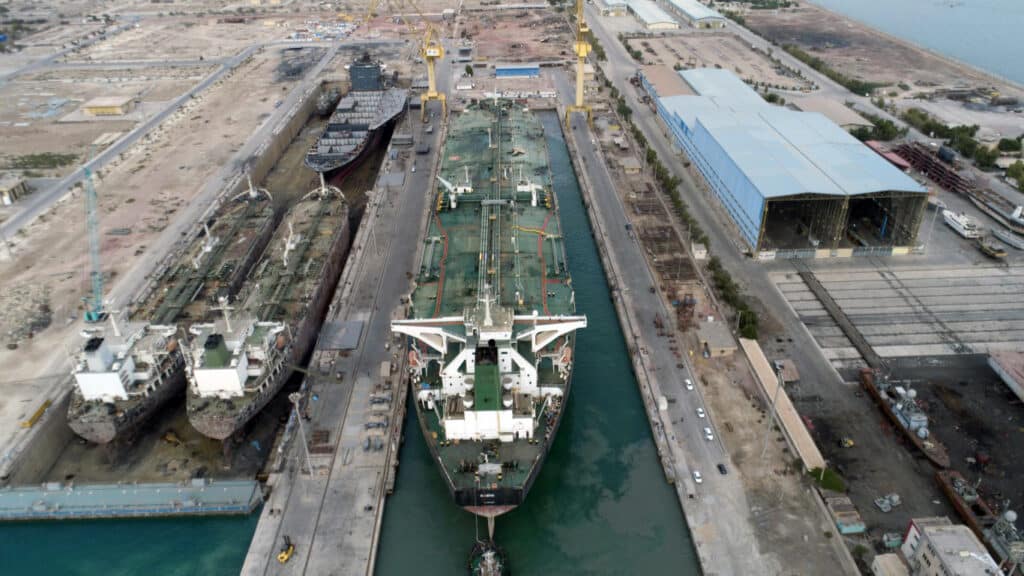
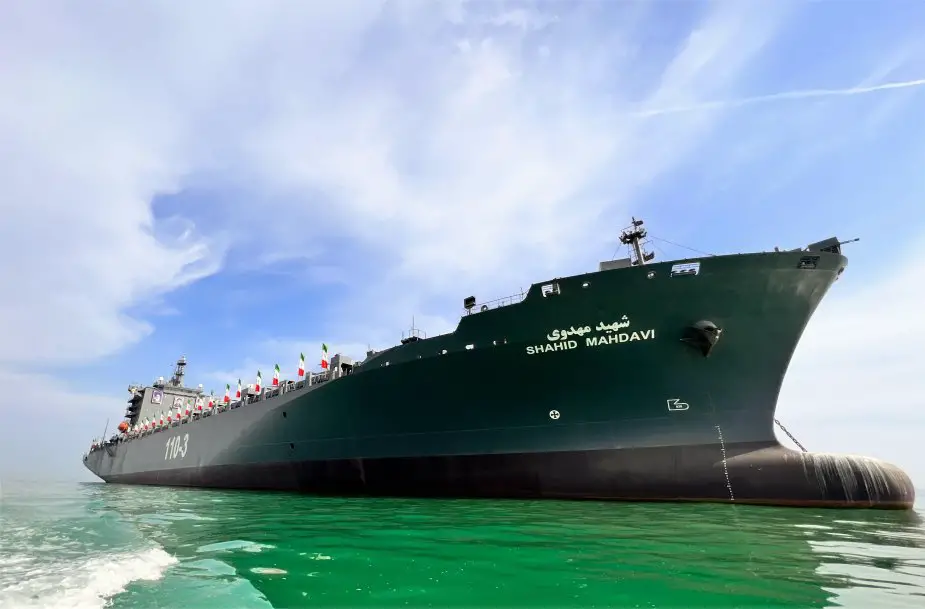
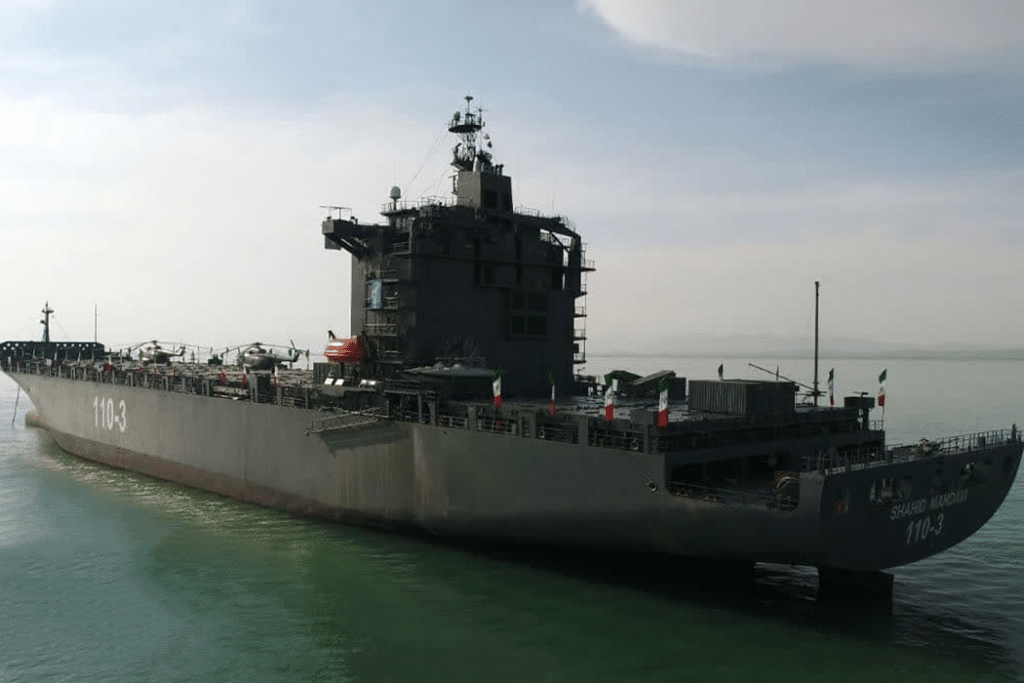
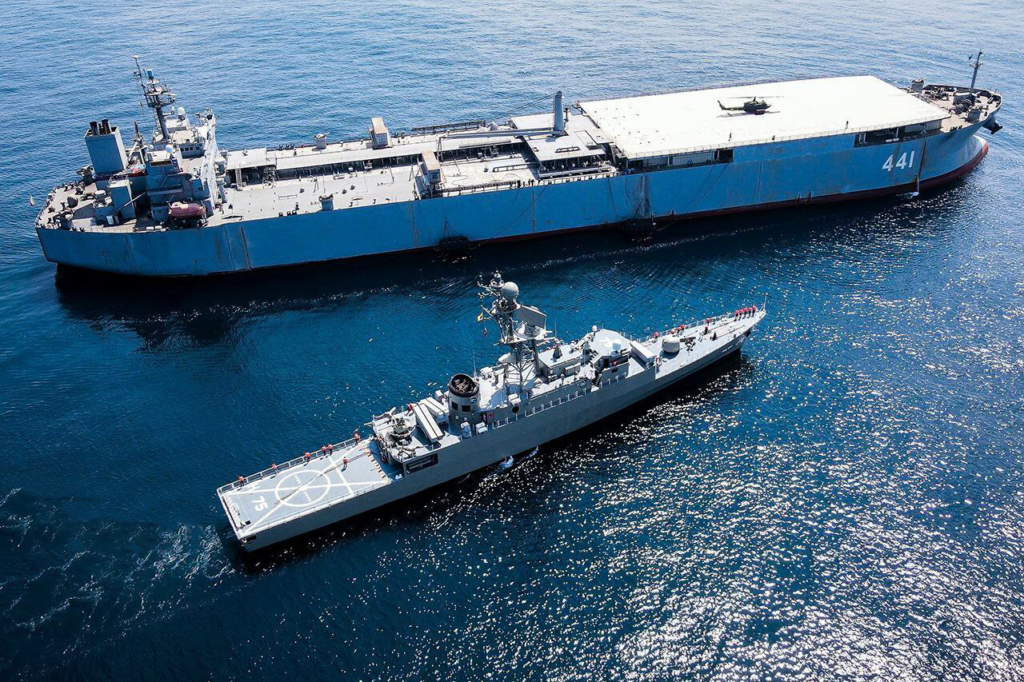

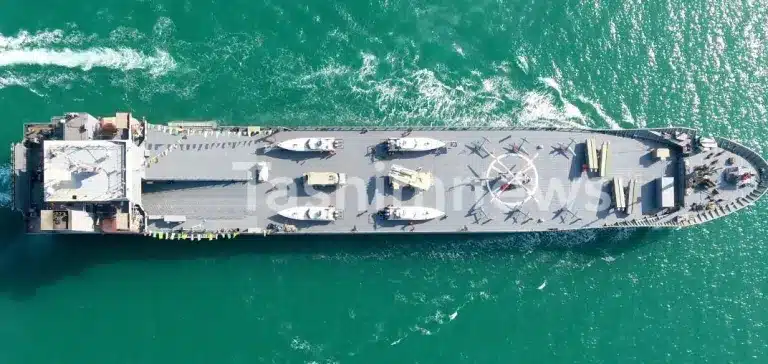
The fifth chapter will review some of the IRGC Navy’s Special Forces units, their main missions, and their main bases.
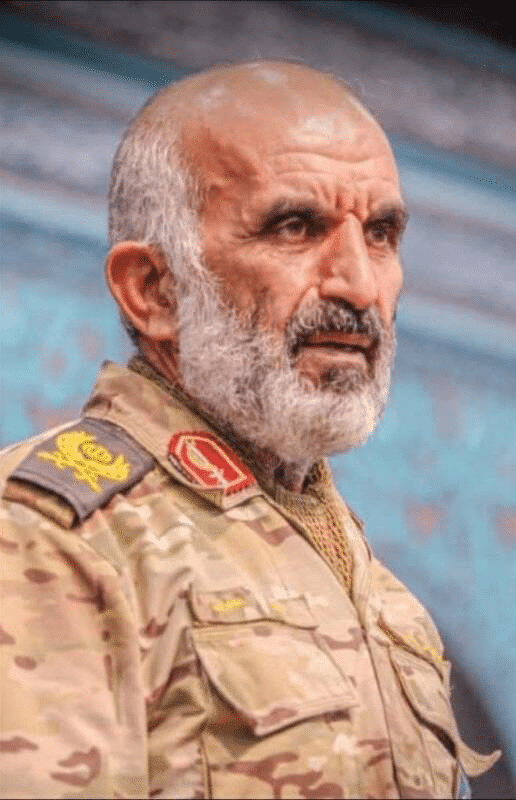
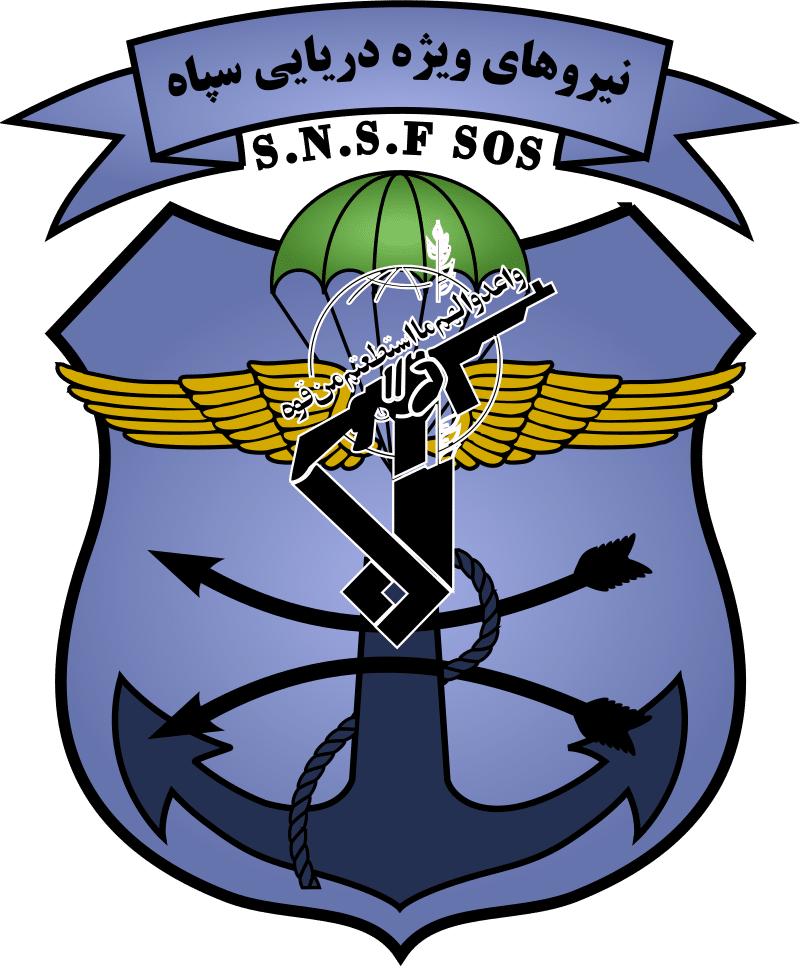
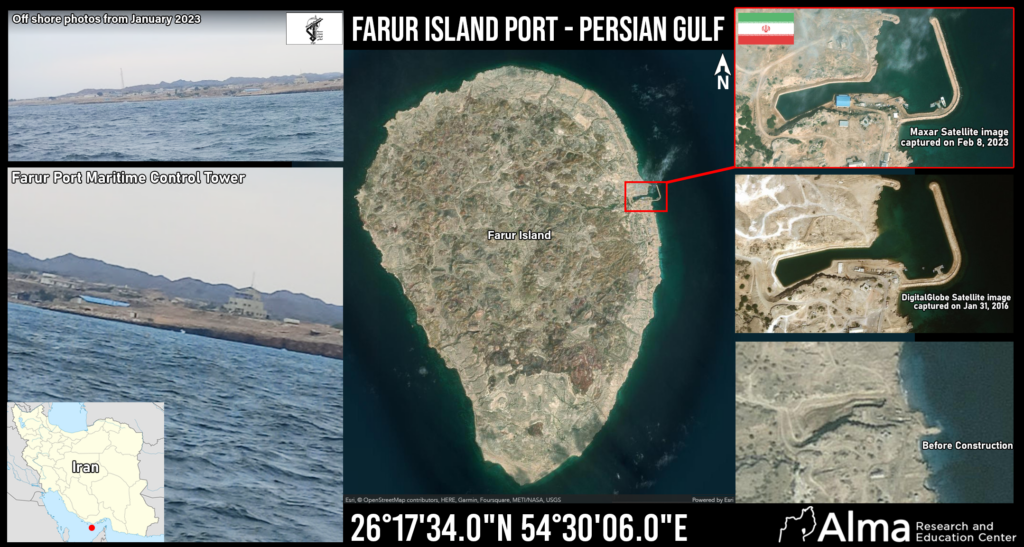
The sixth chapter will briefly introduce Hezbollah’s naval units in Lebanon and the Houthis’ in Yemen. This chapter will present the motives that led Iran to establish these forces, the types of weapons at their disposal, and their capabilities.
Appendices A–C will present some of the weapons and systems in the possession of the IRGC Navy. These appendices will present missile ships, speedboats, submarines, missiles, torpedoes, mines, unmanned boats and loitering munitions used by the IRGCN.

